Last time, we talked about the beginnings of King Crimson’s first album. King Crimson is a highly popular band that has undergone various lineup changes and continues to this day. I believe that the unchanging core appeal of King Crimson is encapsulated in this first album.
The enigmatic "something" that resides within King Crimson is created by none other than guitarist Robert Fripp himself. Since the album's release in 1969, he has remained the band's leader for 54 years, holding the key to that mysterious essence. As a rock musician, I deeply respect him, and with that in mind, I would like to explore the musical identity of King Crimson while examining their music in depth.
However, before diving deeper, we must first discuss the follow-up to the first album and an essential piece of equipment that supported King Crimson’s music—the Mellotron. King Crimson remained King Crimson precisely because of the Mellotron.
A Progressive Rock Band That Didn't Use Synthesizers
The one instrument that is absolutely essential to King Crimson’s music is the Mellotron. From the late '60s to the early '70s, progressive rock began to rise, and the genre often featured instruments like the Hammond organ, monophonic synthesizers, the Solina String Ensemble, and the Mellotron.
Progressive rock often featured multi-keyboardists who skillfully used a variety of keyboards, incorporating them as needed to create colorful soundscapes. However, King Crimson’s sound stood in stark contrast to this approach.
Interestingly, they did not use the synthesizers that were popular at the time. Instead, they relied on the Mellotron, a peculiar instrument. While the band occasionally had pianists, they never had a dedicated multi-keyboardist. Instead, musicians like saxophonists, violinists, or even guitarist Robert Fripp himself handled the Mellotron.
Putting Violinists Out of Work!? What is the Mellotron?
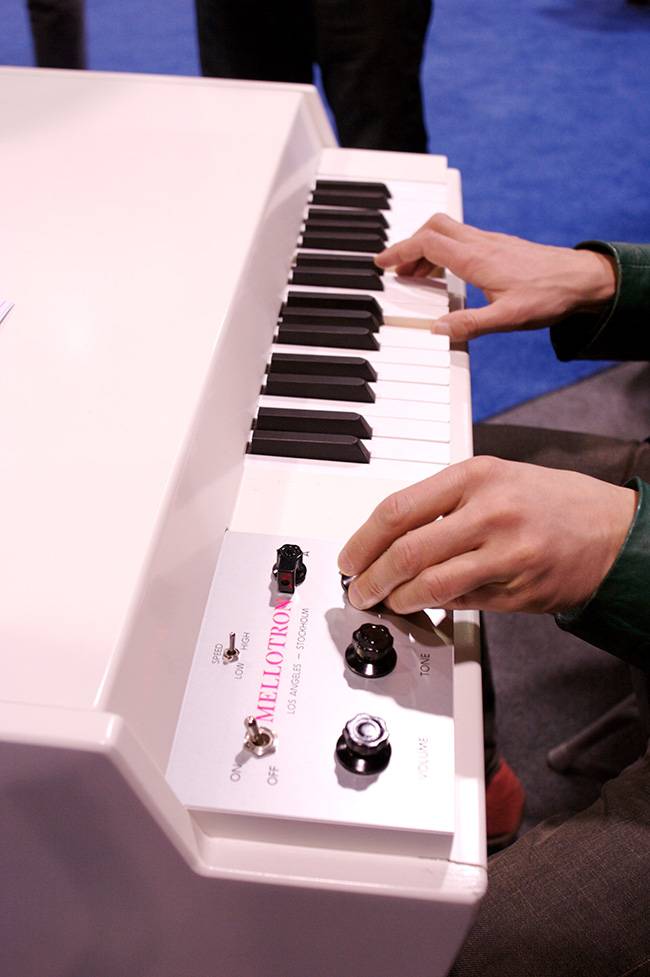
Mellotron, CC BY-SA 2.0 (Quoted from Wikipedia)
Here’s a simple explanation of what a Mellotron is.
The Mellotron is a keyboard instrument where each key is connected to an individual tape recorder. However, unlike a standard recorder, it does not have a recording function. When a key is pressed, it acts as a switch, causing the tape to play and produce sound. Since the tape has a fixed length, each note can only sustain for up to eight seconds. When the key is released, the tape rewinds, and pressing the key again triggers the sound once more.
The pre-recorded tape sounds included three options: violin, flute, and a mixed male-female choir. These sounds could be selected using a dial located on the left side of the instrument.
Of course, since the tapes contained recordings of professional violinists, the Mellotron produced authentic violin sounds—across 35 keys and 35 pitches. At one point, the British Musicians' Union even expressed concern that the Mellotron might put violinists out of work.
However, the actual sound produced by the Mellotron was quite different from a traditional violin. Due to the limitations of the technology at the time, the instrument developed a distinct, characteristic tone of its own.
King Crimson masterfully utilized this tape-based sound. Now, let’s take a look at some of their most iconic Mellotron-driven tracks from their first album.
■ Recommended Album: In the Court of the Crimson King – King Crimson (1969)
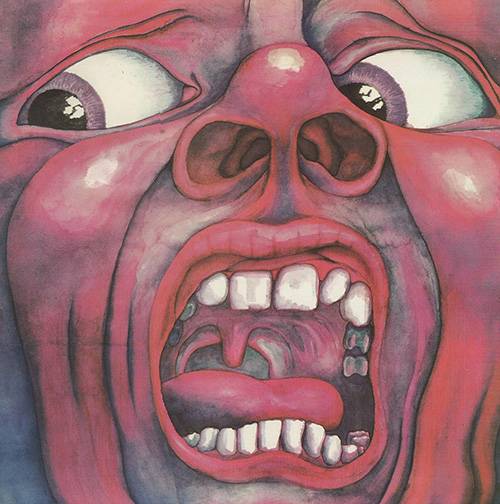
Recommended Track: Epitaph
Led by the sound of timpani, this early King Crimson masterpiece swirls with grandiose string sounds. Its melancholic melody is accompanied by Greg Lake’s haunting vocals, delivering the line, "Confusion will be my epitaph." This song perfectly encapsulates King Crimson’s unique worldview.
The orchestral-sounding strings heard throughout the track are actually produced by the Mellotron. Its distinct, inimitable texture—created through analog tape playback—is the Mellotron’s greatest hallmark. Even with modern sampling technology, replicating its unique sound remains a challenge.
Since the Mellotron relies on a motor to drive its tapes, its tuning was unstable at the moment of sound production. Additionally, the poor signal-to-noise ratio of its playback heads contributed to various shortcomings as a musical instrument. Its sound was far from clear.
Using the Mellotron in live performances was also risky due to tuning issues and other technical difficulties. Despite being a challenging instrument to handle, its imperfections became a crucial element in expressing King Crimson’s unique musical world. The Mellotron played a key role in defining the Crimson sound, and Epitaph is a prime example of this.
Despite its many issues, the Mellotron had more enthusiasts than the Solina String Ensemble, which was also available at the time. Its melancholic tone perfectly suited the atmospheric and moody nature of British music. In a way, it can be considered a miraculous product of the late '60s, born from the era’s limited technological capabilities.
Today, the Mellotron's tape sounds have been sampled and released as digital Mellotrons.
Recommended Track: Talk to the Wind
Right after the roaring climax of 21st Century Schizoid Man, Ian McDonald's live flute and the Mellotron’s flute sound create a mesmerizing duet, evoking a sensation of weightlessness. The idea of harmonizing a real flute with the Mellotron’s flute sound in this pastoral arrangement is simply brilliant. The composition and execution are outstanding.
Like Epitaph, I Talk to the Wind is a song that wouldn’t exist without the Mellotron. Midway through, Ian McDonald delivers a beautifully expressive flute solo, showcasing his remarkable musical skill.
Recommended Track: The Court of the Crimson King
This is another track that would not exist without the Mellotron. Opening with Michael Giles' drum fill, the song is driven by its violin-like string sounds and mixed-gender choral harmonies, both created by the Mellotron.
Michael Giles is an exceptional drummer, even when playing slower tempos. His ability to understand each section of a song and enhance it with well-placed drumming is nothing short of masterful.
Musicians, Album, and Recommended Tracks Covered in This Discussion
- Artists: Robert Fripp, Ian McDonald, Greg Lake, Pete Sinfield, Michael Giles, and others.
- Album: In the Court of the Crimson King
- Tracks: Epitaph, I Talk to the Wind, The Court of the Crimson King
The “sound & person” column is made up of contributions from you.
For details about contributing, click here.












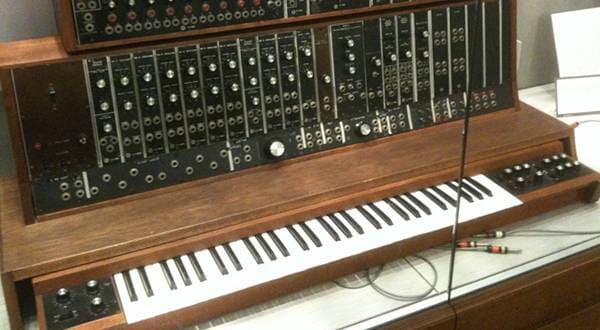
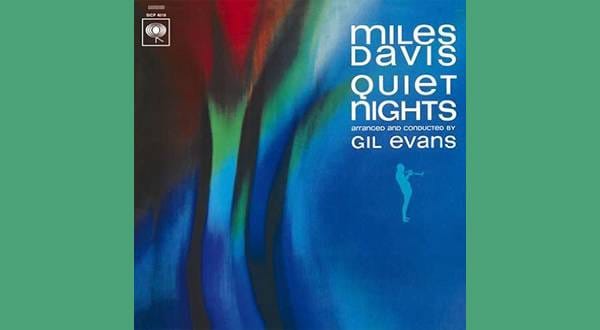
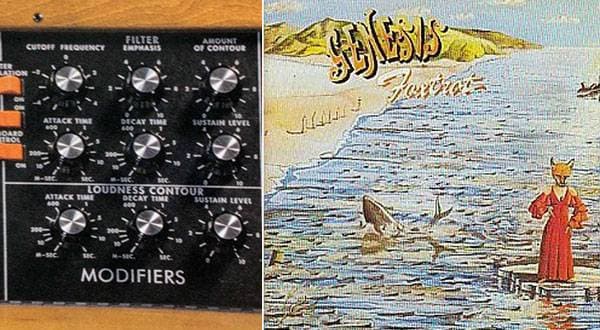


 自分にあったピアノを選ぼう!役立つピアノ用語集
自分にあったピアノを選ぼう!役立つピアノ用語集
 各メーカーの鍵盤比較
各メーカーの鍵盤比較
 用途で選ぶ!鍵盤楽器の種類
用途で選ぶ!鍵盤楽器の種類
 ピアノ・キーボードの各部名称
ピアノ・キーボードの各部名称
 キーボードスタートガイド
キーボードスタートガイド
 キーボード・ピアノ講座
キーボード・ピアノ講座















